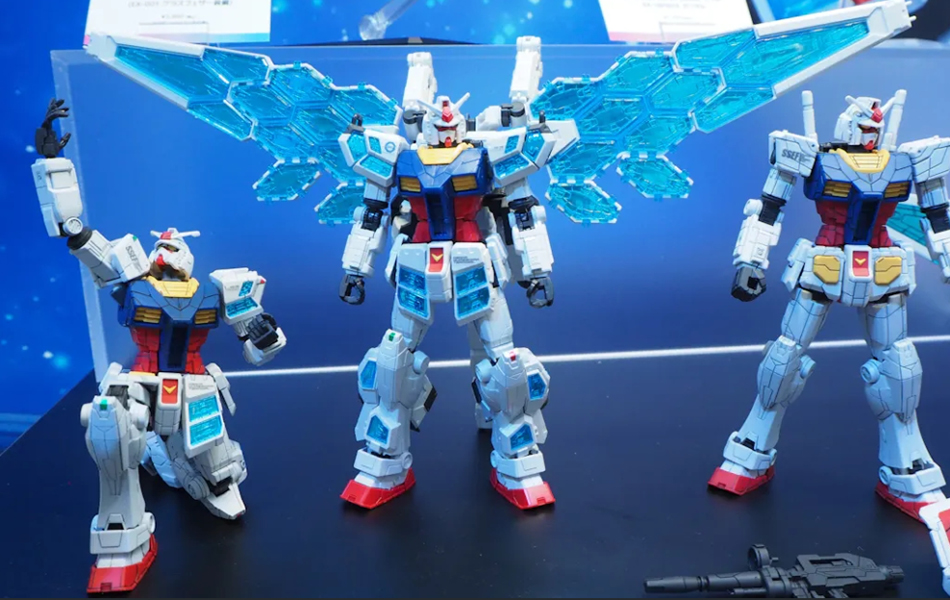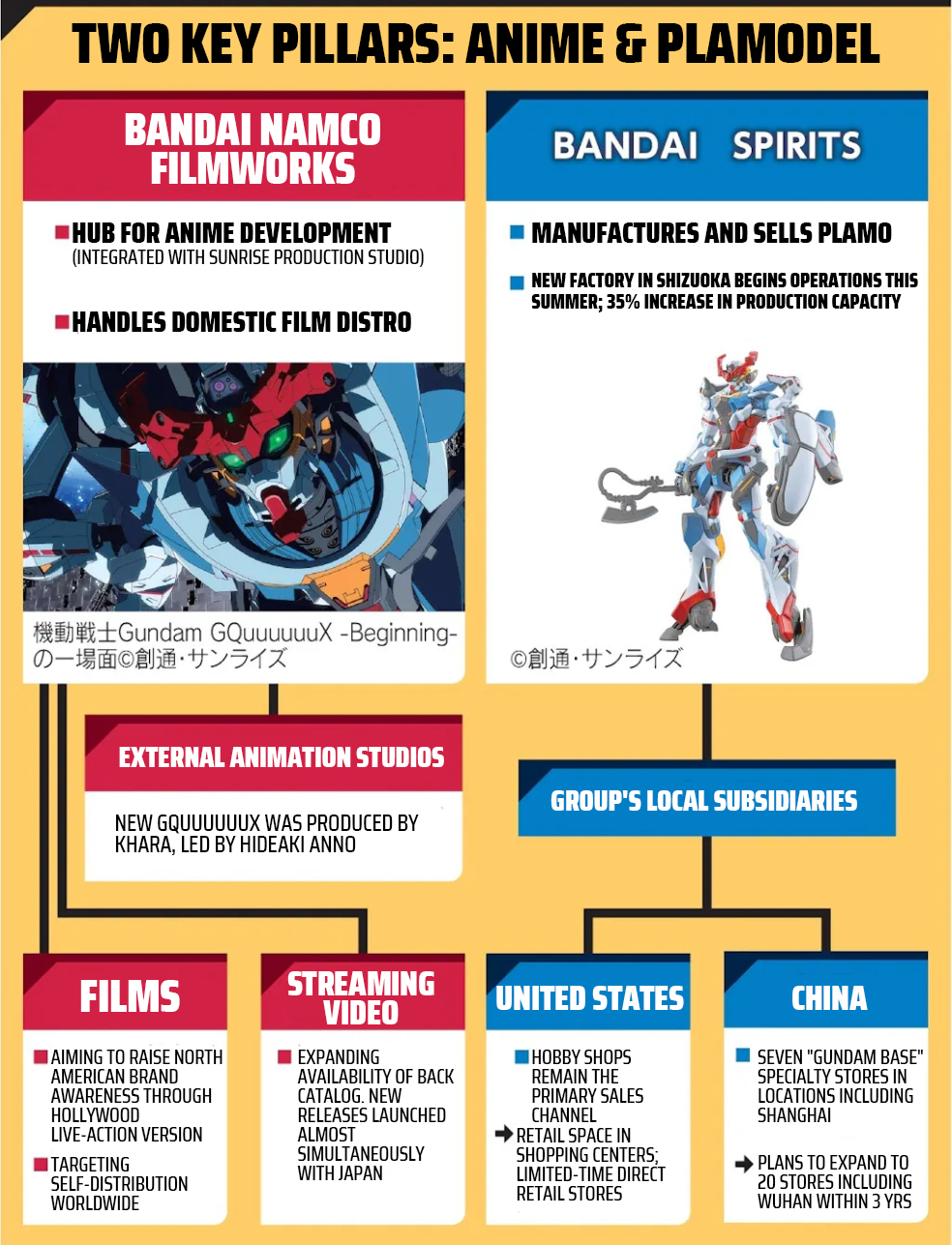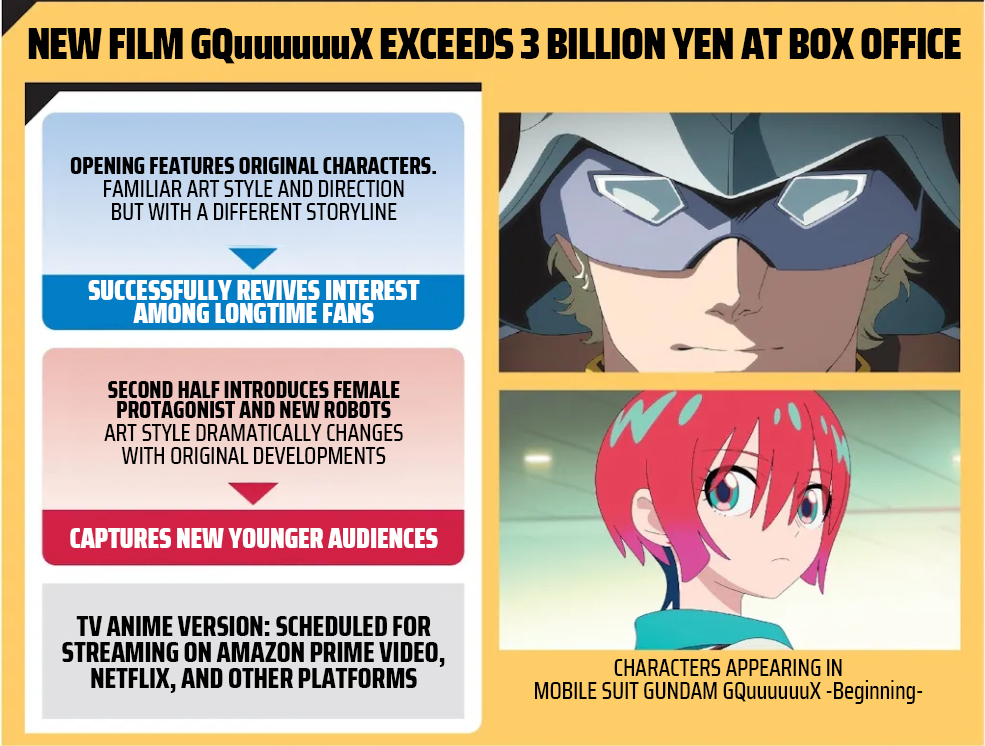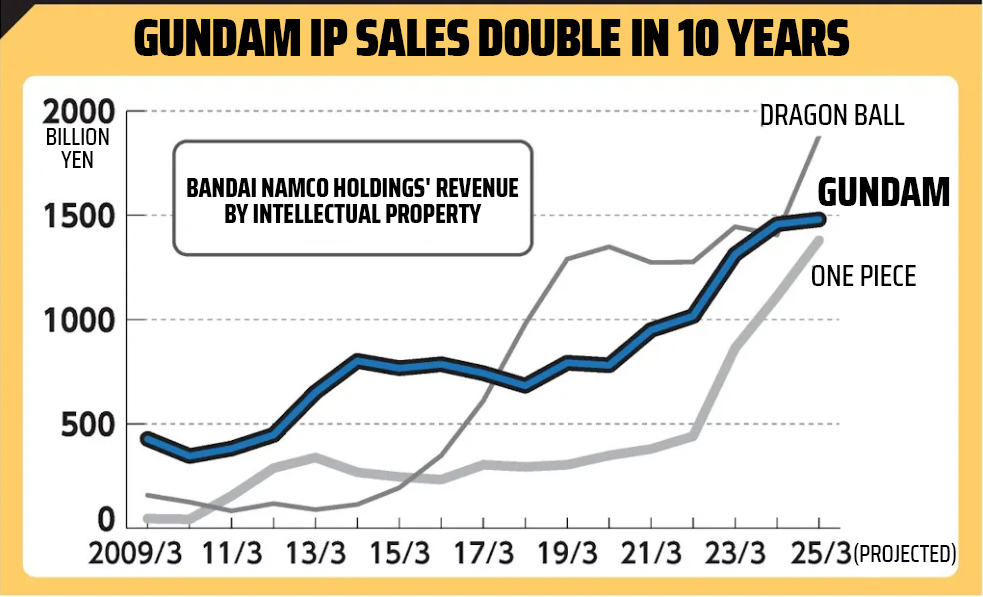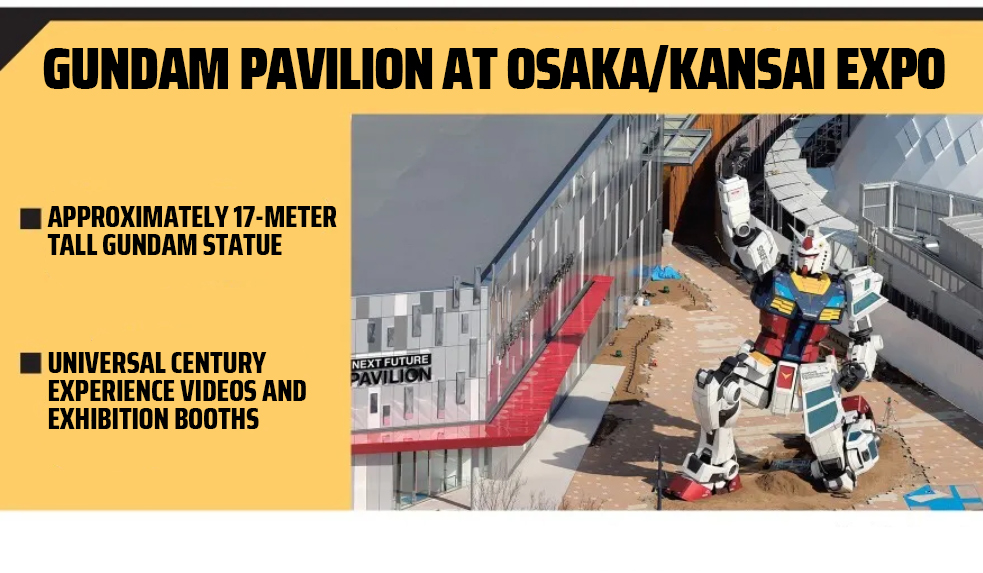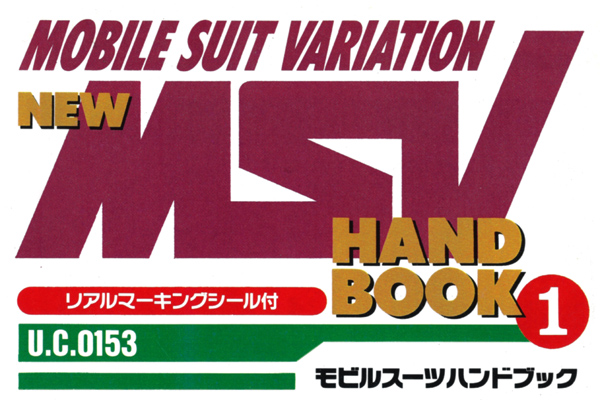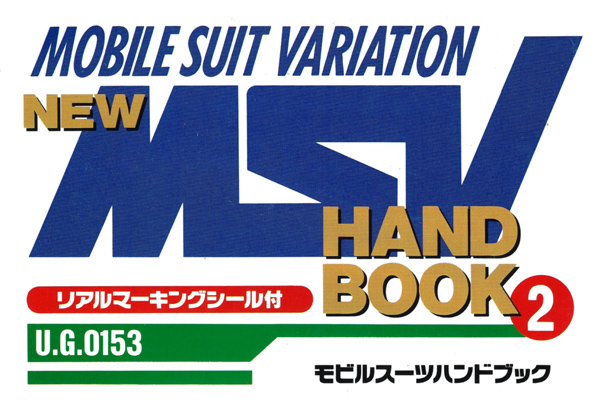Nikkei Report: Gundam Expansion
GUNDAM SETS A NEW COURSE IN THE U.S. AND CHINA: SELF-DISTRIBUTED FILMS AND A TRIPLING OF MODEL SHOPS
Forty-five years have passed since the robot anime Mobile Suit Gundam first aired. Bandai Namco Holdings (HD), which has nurtured the Gundam IP (intellectual property) into a 140-billion-yen annual business, now aims to push growth even further by capitalizing on overseas opportunities. In North America, the company plans to elevate Gundam’s profile through a Hollywood live-action film, while also ramping up production of its core plastic models. With a new factory’s opening, production capacity will rise by 35%. In China, they will triple the number of dedicated Gundam model stores.
Early this February, Bandai Namco Holdings announced that they are partnering with Legendary Pictures, a major U.S. film studio, to produce a Hollywood live-action adaptation of Gundam. News about this project had been scarce since the initial unveiling in 2018, so fans across Japan and abroad were stunned by the sudden update.
KICKING OFF WITH A HOLLYWOOD LIVE-ACTION FILM
For many years, bolstering Gundam’s presence in the United States has been a major challenge. “Only about 30% of our video content sales come from overseas,” says Producer Naohiro Ogata, who oversees Gundam’s anime productions. “Gundam’s popularity in China and other parts of Asia is strong, but its name recognition in the West is still limited.” Only one series was broadcast in full in North America in 2000, and viewing opportunities were limited until streaming platforms became widespread*.
Beyond the live-action project, Bandai Namco is also exploring the possibility of distributing future Gundam movies on its own in North America. In Japan, the company already self-distributes some of its films. Since the group also sells toys and video games around the globe, Ogata notes that “if we can expand our self-distribution overseas, we can coordinate promotion for the films and related products in a way that really ties everything together.”
In Japan, the film Mobile Suit Gundam GQuuuuuuX -Beginning- (pronounced “G-kwux”), released in January, became a box-office hit that grossed more than 3 billion yen. It was effectively a preview for an upcoming TV series set to air in April, so the marketing push was limited. Nonetheless, word-of-mouth buzz turned it into a major success, giving it the second-highest box-office earnings in the Gundam film series.
Gundam is widely regarded as one of Japan’s premier long-running IPs. The original Mobile Suit Gundam debuted on April 7, 1979, though its initial ratings were underwhelming. It was the subsequent reruns and the surge in popularity of the series’ plastic models, known as “Gunpla,” that truly propelled Gundam into the spotlight. Its depiction of the human struggles and moral ambiguities of war, rather than a simplistic good-vs.-evil narrative, also drew critical acclaim. The series has continued to churn out new animated and cinematic works, amassing more than 70 titles to date.
According to Hiroshi Sakakibara, Bandai Spirits President and Bandai Namco’s “Chief Gundam Officer (CGO),” the franchise’s longevity stems from its ability to keep changing protagonists and settings. “Every generation and region seems to have its own entry point. Each person’s ‘first Gundam’ feels special to them,” he says, highlighting a key strength of Gundam’s expansive universe.
The Gundam anime and its plastic models form the two key pillars of growth: fan enthusiasm generated by each new anime seamlessly translates into demand for the newest Gunpla releases. Bandai Namco HD’s Gundam-related revenue is projected at 148 billion yen for the fiscal year ending March 2025, doubling the figure from ten years ago and trailing only Dragon Ball (180 billion yen) among the company’s properties.
Gundam’s ability to keep evolving owes much to it being an in-house IP. Bandai Namco has long prospered by merchandising other companies’ properties, like Shueisha’s Dragon Ball and One Piece, or Toei’s Kamen Rider, but external IPs are always subject to their original authors and rights holders.
With Gundam, on the other hand, the company holds all the rights internally. “Even if we break away from established setting or alter the world-building, we can do that because all the rights are integrated on our side,” Ogata explains. “We can develop beyond anime with the agility that comes from keeping everything in-house.”
Case in point: in the film GQuuuuuuX, a popular character from the original Gundam makes an appearance in the opening sequence. The visuals and direction mirror the classic style, but the story takes an entirely new twist, generating plenty of buzz. Then, in the second half, the visual style undergoes a complete overhaul, introducing a new female character and a fresh mobile suit that forges its own path. In essence, the film merges two seemingly separate concepts into a single project, a freedom only possible with a wholly owned IP.
Meanwhile, the TV series Mobile Suit Gundam: The Witch from Mercury, which aired in 2022, broke new ground by featuring the first female protagonist in a Gundam TV show and drawing attention with a storyline reminiscent of a high-school drama.
Gunpla (Gundam plastic models) have been expanding their global sales, lauded for their intricate designs, transforming features, and multi-colored plastic injection technology that brings the anime’s signature hues to life without the need for paint. Around half of Gunpla’s overall sales now come from outside Japan. When Gunpla first launched in 1980, a single kit could be bought for as little as 300 yen, but today, entry-level items start at about 500 yen, while some kits cost up to 50,000 yen. Altogether, the brand has introduced around 5,000 different model kits to date.
Sakakibara stresses the importance of further growing engagement at home and abroad: “We want to create even more touchpoints for fans worldwide.” In China, Gundam Base specialty shops, dedicated to Gunpla, have already opened in seven cities, including Shanghai. By 2027, the company plans to expand into interior regions such as Wuhan and raise the total number of Gundam Base stores to around 20, nearly triple the current count.
Beyond plastic models, July will see the launch of a new trading card game that combines figurines with cards, offering fans a fresh way to engage with the world of Gundam. Full-scale global rollout of this new TCG is planned for 2026 and beyond.
PLASTIC MODEL SUPPLY ISSUES
Nevertheless, supplying enough Gunpla kits remains a thorny challenge. Demand is exploding worldwide, and production hasn’t been able to keep up. In Japan, bulk-buying by resellers, who then sell kits at high prices via online marketplaces, has become a social problem. Preorders are often overwhelmed by eager buyers, and the scramble for new kits based on the latest anime has grown so intense that some products go on sale before even revealing their names.
This summer, a new factory will go online in Shizuoka Prefecture, boosting overall production capacity by 35%. But it remains unclear whether this expansion will be enough to resolve the shortages. Even if the company wants to build capacity further, training enough skilled technicians takes time.
Hideki Yasuda, a senior analyst at Toyo Securities, observes, “The injection molding machines used for Gunpla are highly specialized, and even if you install new ones, calibration alone can be time-consuming. If Bandai Namco can’t keep up with demand, fans could lose interest, which might cool the entire craze.”
IP fortunes can change rapidly. To ensure Gundam remains beloved, the franchise must continue to draw new fans, not just cater to the old guard. With overseas expansion firmly in mind, Gundam must keep producing bold, innovative works in its anime series, forging fresh paths for the next generation of enthusiasts.
TL Note: I’m not sure why this article highlights the fact that only one show was broadcast in 2000. I guess they’re alluding to the fact that only one series at a time was brought over at a time and things were done much slower than they are now. Either way, it’s a weird way to phrase it.
(The above article was translated from my paid subscription to Nikkei. Clickbait websites like CBR, Bounding into Comics, etc. are not reproduce/summarize the above content without contacting me first.)



